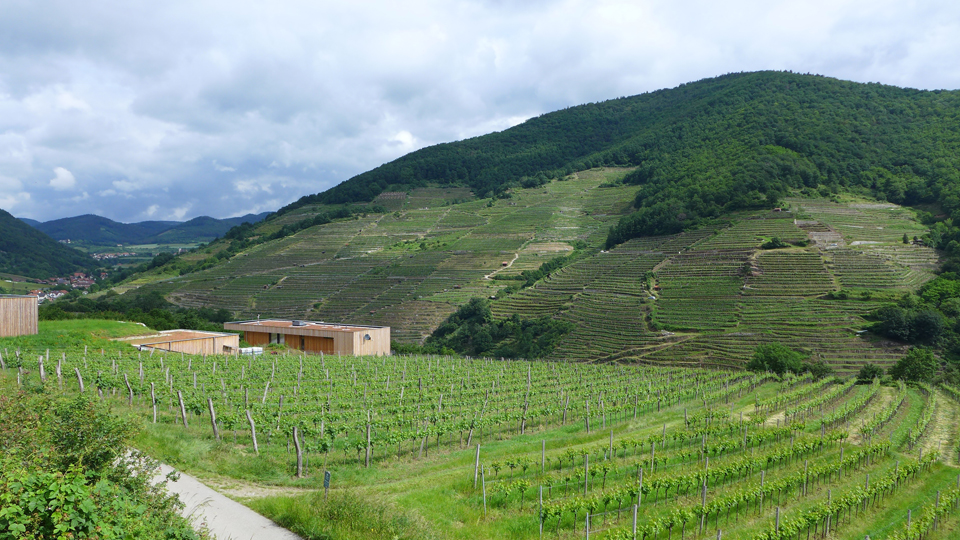Vintage Report – Drama in Three Acts: 2016 in Germany and Austria
BY DAVID SCHILDKNECHT |
Having just completed my summer rounds of nearly 200 German and Austrian wineries, I thought I’d offer some general observations on the 2016 vintage in advance of my comprehensive estate profiles and reviews.
The weather extremes experienced in so many recent vintages have been accompanied increasingly by years featuring remarkably similar meteorological and growing patterns that stretch from the Mosel to parts of Austria nearly 400 flight miles distant. Vintage 2016 vividly evidenced both meteorological extremity and trans-regional commonality, having consisted throughout Riesling growing Europe in three dramatically distinct and statistically exceptional phases. In the end, ironically, the drama that preceded it led to a 2016 Riesling harvest as stress-free as many Austrian and German growers could recall, and to grapes whose very gradual ripening and modest eventual must weights would have seemed more familiar to growers of the mid-20th century.
Act One – April Frost, Record Rainfall in May & June
As it traveled across France, Germany and Austria, a three night-long wave of late April frost led to significant crop losses in many Riesling-growing sectors of Austria as well as a few in Germany, though most growers had anticipated greater penury than in fact ensued. (It was a different matter in other parts of southern Germany and in southern Austria that were truly devastated: On the heels of frost, Styrian vineyards were blanketed with snow, and those in southern Burgenland were subsequently savaged by hail.) Depending on the measures taken against frost, late April in Riesling-growing territory resembled a vast Christmas display, a scene from the Inferno, or one from Apocalypse Now, with hillsides illuminated at night by thousands of candles; crowned at dawn by burning straw and otherwise enveloped in smoke; or skimmed by helicopter flotillas.

A June, 2016 shot of the Brück vineyard in the Wachau’s Spitzer Graben, looking across Peter Malberg’s new winery and house. Peter Malberg and neighbors including Martin Muthenthaler and Josef and Georg Högl were helpless when all but the very highest reaches of that vineyard succumbed to late April’s unprecedented wall of frigid air. And if you look closely at the Muskateller vines in the foreground (farmed by a member of the Domaine Wachau), you’ll see that they are totally bereft of embryonic bunches.
Flowering, unlike bud break, was anything but early in 2016, on account of record rainfall in May and June, by the end of which month as much precipitation had been recorded in most German and Austrian Riesling growing areas as had accumulated in all of 2015. It was the most miserably and worrisomely wet late spring and early summer that any grower could recall, and a majority of Riesling vineyards were plagued with peronospora, just as were those all along the Loire and in Burgundy.
Subscriber Access Only
or Sign Up
The weather extremes experienced in so many recent vintages have been accompanied increasingly by years featuring remarkably similar meteorological and growing patterns that stretch from the Mosel to parts of Austria nearly 400 flight miles distant. In the end, ironically, the drama that preceded it led to a 2016 Riesling harvest as stress-free as many Austrian and German growers could recall, and to grapes whose very gradual ripening and modest eventual must weights would have seemed more familiar to growers of the mid-20th century.